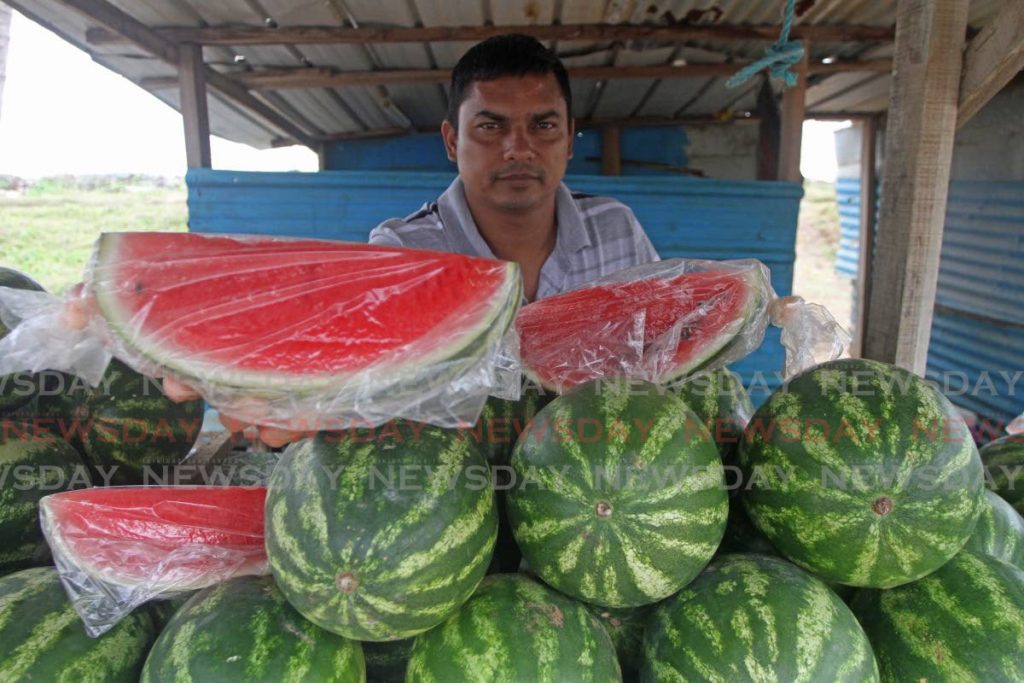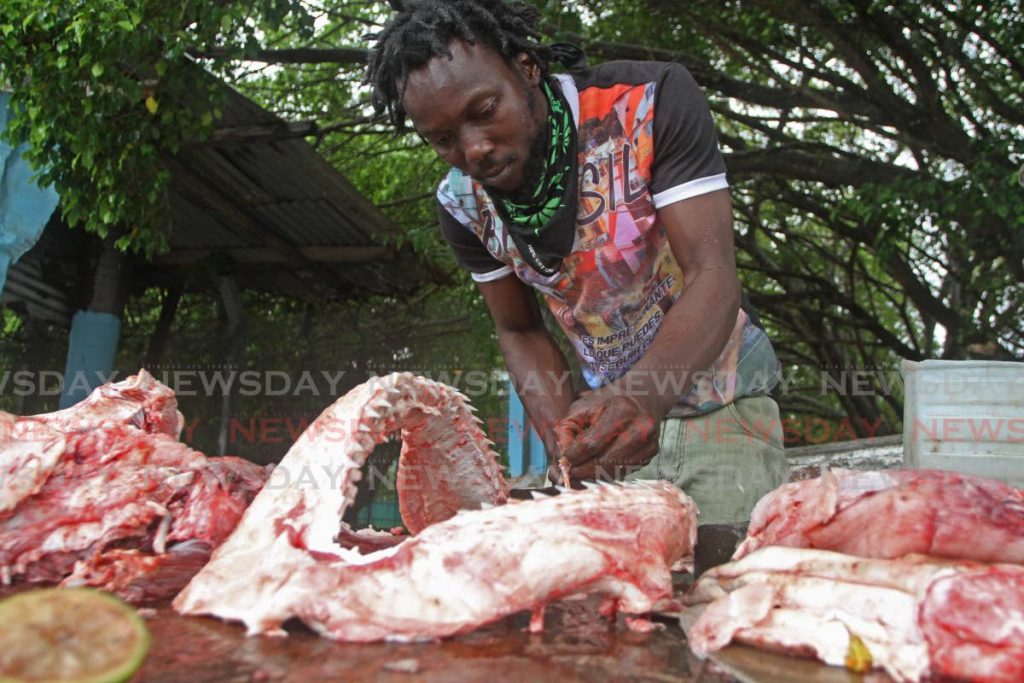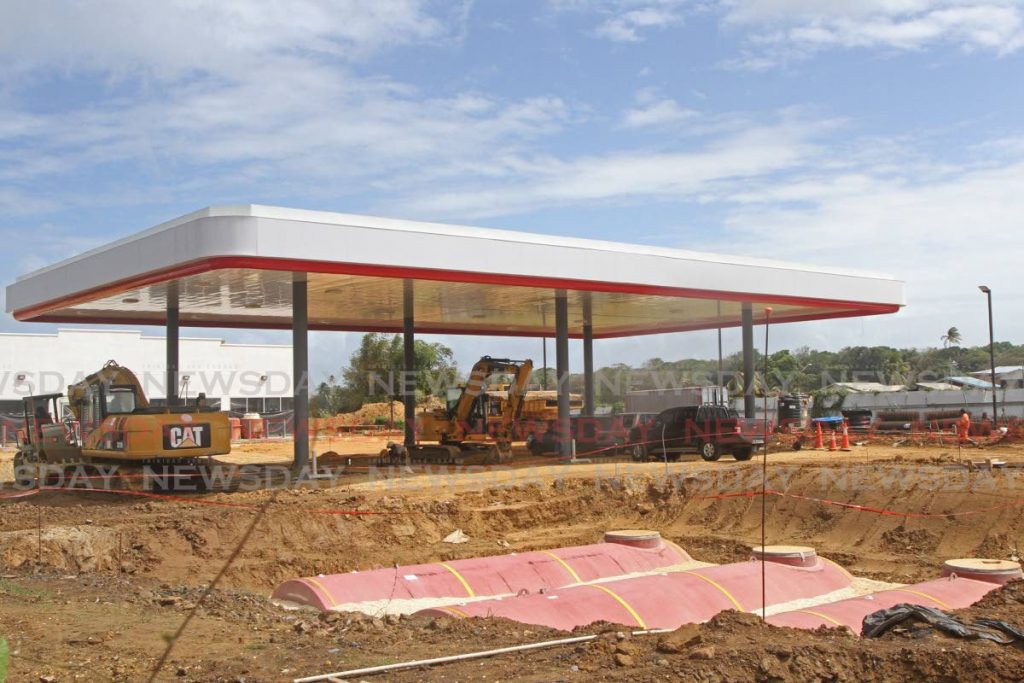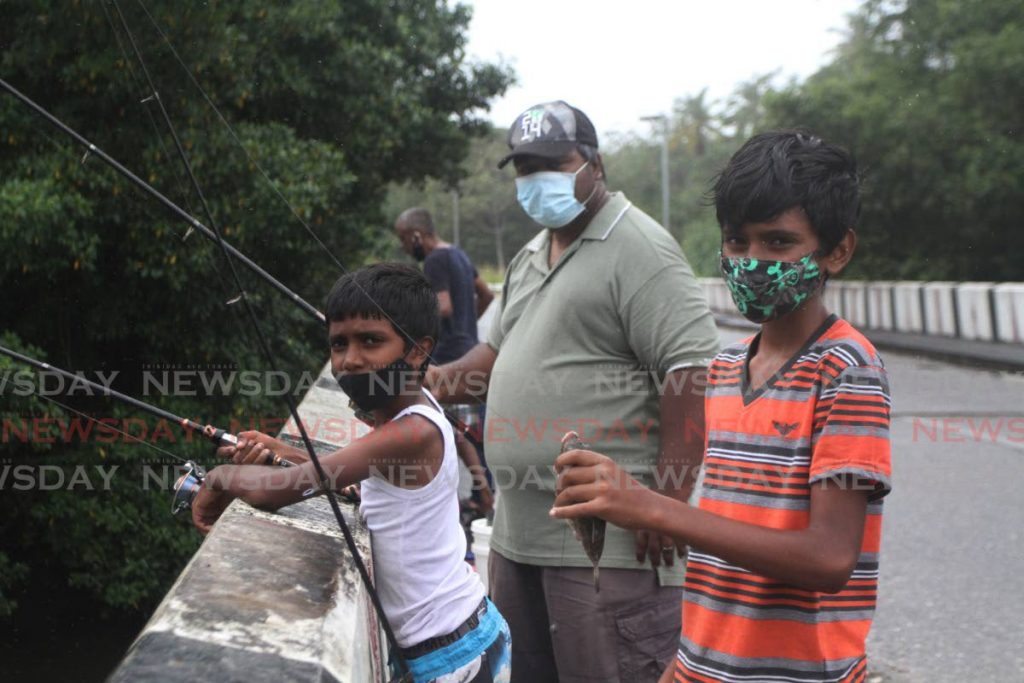Business
Darren Bahaw
2 Days Ago
The towering coconut trees bordering the long stretch into Mayaro, the sound of the crashing surf of the mighty Atlantic and the sweet slices of watermelon welcome visitors coming to east Trinidad.
Rich in history in areas such as oil exploration, cocoa plantations, folklore and culture, the development of the natural resources in the area, however, has been slow.
At the centre of the town, two commercial banks, supermarkets, the main market and fast food outlets occupy the prime real estate and was bustling with activity during a recent visit during its usual monthend rush.
Along the winding, potholed road that leads to Guayaguayare, small farmers had heaps of yam and other ground provisions for sale.
Like many other rural villages in Trinidad, the people live a simple life with a large segment earning their living from farming and fishing.
Energy corporations such as BPTT, BHP, and NGC have forged deep ties with the people of Mayaro and in the industry’s heyday they attracted the growth of throngs of local supply companies. But as oil and natural gas prices plummet, so too has the drive to invest more.
A 2011 population and housing census stated that there were 35,650 people living in the Mayaro/Rio Claro district, spread across 27 villages. The census recorded there were 10,351 private households.

A local area economic profile of the community stated that a staggering 56.8 per cent of people 15 years or older had no academic qualifications while 18.2 per cent had CSEC and CAPE passes. A mere 1.4 per cent went on to university, according to data gathered during the 2011 census.
Conversely, the report found Mayaro/Rio Claro had the second lowest household income in the country.
Apart from its natural beauty of beaches and rivers, the Nariva swamp distinguishes itself as being one of the only areas in the Eastern Caribbean which has a herd of manatees and is home to the green anaconda.
Among the challenges identified in the local economic report, which still exist today, are the deplorable roads, some of which need to be widened and cleared of overgrowth at the sides, a considerable brain drain owing to the slow pace of or lack of development and inadequate parking in the town centre. In addition, there are no public washroom facilities at any of the popular beaches at Plaisance, Church Street, and an area referred to as Indian Bay.
The absence of such facilities is an embarrassment to Mayaro/Rio Claro regional corporation chairman Raymond Cozier, who has made the provision of toilets and bathrooms one of his top priorities.

Cozier said business and economic activity in Mayaro and the surrounding districts took a sharp decline even before the covid19 pandemic and he had engaged in several stakeholder meetings to get the cooperation of the community and business involved to spark growth in new sectors, particularly eco-tourism.
“It is an area that has been in front of the people’s eye but they have not been paying attention to it,” he said.
He is hoping to get people to see the vision of offering different recreational opportunities for visitors such as boat tours, fishing adventures or even embracing and sampling the culinary delights.
The template is already there as scores of people journey to Mayaro weekly to taste Ducky’s roast fish and other booths have sprung up offering similar food.

Cozier said the people also have to change their mindset to become more service-oriented and refrain from breaking into cars and homes.
“It must be a holistic approach,” to preserve the brand, he said.
The construction of a boardwalk at Plaisance beach and food strip are all part of Cozier’s vision but he says local government cannot do it alone and he needed the support and some financing from central government to get the ball rolling.
He is hopeful that planned talks with the Embassy of Japan will lead to at least the provision of public washroom facilities, where small concessionaires can set up stalls and offer items of food and drink on sale to beachgoers.
His big headaches of coastal erosion in parts of Guayaguayare is something that his corporation does not have the resources to combat and is leaning on the Housing Development Corporation to help provide homes for those whose homes are swallowed by the sea.
The constituency’s member of Parliament Rushton Paray, a businessman with significant investments in the Mayaro community – including a ranch-style restaurant, pharmacy, household store and cable television supplier, believes his area has the potential to become one of the growth poles in the country.

Paray said it was unfortunate phase two of the Galeota port was abandoned, as it would have benefited from considerable business from the supply vessels engaged in projects in Guyana.
He said the constituency had 17 miles of beachfront, the protected Nariva swamp, a natural saltwater lake, mud volcanoes, scenic watercourses such as the Ortoire, Mitan and Pilote rivers which can all be used to boost eco-tourism and attract new visitors.
Over the last few decades, the reliance on donations from energy companies, primarily BPTT, created numerous non-governmental organisations but as the company downsizes so too have the donations.
Paray believes the area has the potential to attract 10,000 people every weekend but there must be enough activities to occupy the visitors.
He said private investors were a bit too coward to invest in public/private partnerships and hoped that position would change.
“Mayaro is an untouched gem,” he said.

Paray boasted of the once thriving cocoa estates in villages like Bristol, which has an abandoned landing strip for small aircraft, two Fifa approved football fields and other infrastructure which are not being utilised to bring in money.
He says 90 per cent of the guest houses in Mayaro were operating under the radar and should register with the tourism bodies and offer the best service to guests if they want to attract foreign visitors and government grants.
Other ideas which are being developed is the proposal to use almost a million square feet of idle warehouse space from energy companies to start a vertical farming project and there was also the potential to develop the inland salt water fish farms.
With the access to so many different resources, the push to develop eco-tourism, if done right will no doubt see another economic boom for the district, this time in the hands of the community itself.
(function(d, s, id) {
var js, fjs = d.getElementsByTagName(s)[0];
if (d.getElementById(id)) return;
js = d.createElement(s); js.id = id;
js.src=”https://connect.facebook.net/en_US/sdk.js#xfbml=1&version=v3.2&appId=136282246989460&autoLogAppEvents=1″;
fjs.parentNode.insertBefore(js, fjs);
}(document, ‘script’, ‘facebook-jssdk’));
Source link
